Australia is often depicted as a land teeming with deadly creatures lurking at every corner, ready to spring their fatal surprises on unsuspecting humans. This exaggerated reputation has given rise to numerous misconceptions about the wildlife Down Under. While Australia does indeed host some of the world’s deadliest species, the reality is less terrifying than these myths suggest. Let’s dive into 13 misconceptions about Australia’s deadly animals and set the record straight.
1. Every Australian Waterway Is Crawling With Crocodiles
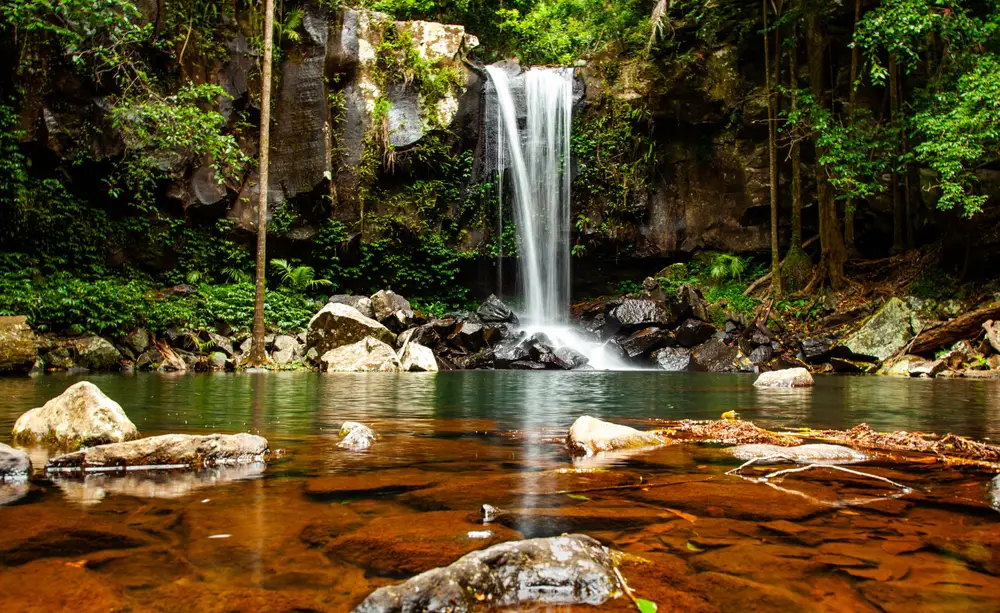
When many people think of Australia, they might envision crocodiles lurking in every river and creek, but this is far from the truth. Crocodiles are primarily found in the northern regions of Australia, particularly in Queensland, the Northern Territory, and Western Australia. These creatures are not distributed throughout the entire country, and in fact, most Australians live comfortably in areas where crocodiles are non-existent. According to National Geographic, these intimidating reptiles are usually found in brackish and freshwater environments but are not a common sight in urban areas.
What’s more, crocodile attacks on humans are rare and often occur when people ignore safety warnings. In Northern Australia, where crocodiles are prevalent, numerous measures are in place to ensure human safety. Public awareness campaigns and clearly marked signs help to minimize the risk of encounters with these predators. The danger they pose can be significantly mitigated by respecting crocodile habitats and adhering to local guidelines. So, for the average tourist or resident, encounters with crocodiles are more likely to be exciting rather than fatal.
2. Sharks Patrol Every Australian Beach Waiting to Attack

Sharks often receive a bad rap, especially in Australian waters. The image of a fin cutting through the waves is enough to cause panic, but the fear of sharks is largely unfounded. While it’s true that Australia is home to several species of sharks, including the great white, attacks are extremely rare. In fact, according to the Australian Shark Attack File, the likelihood of a shark encounter is incredibly low, with only a handful of incidents occurring each year across the vast Australian coastline.
The risk of a shark attack can be further reduced by taking simple precautions. These include swimming in patrolled areas, avoiding the water at dawn and dusk, and steering clear of schools of fish that can attract sharks. Lifeguards and local authorities also use drones and other technologies to monitor shark activity and keep beachgoers safe. So, while sharks are certainly present in Australian waters, they are not the menacing creatures that popular media often portrays them to be. For most beach lovers, the biggest threat is more likely to be sunburn rather than a shark.
3. Every Spider In Australia Is Lethally Venomous
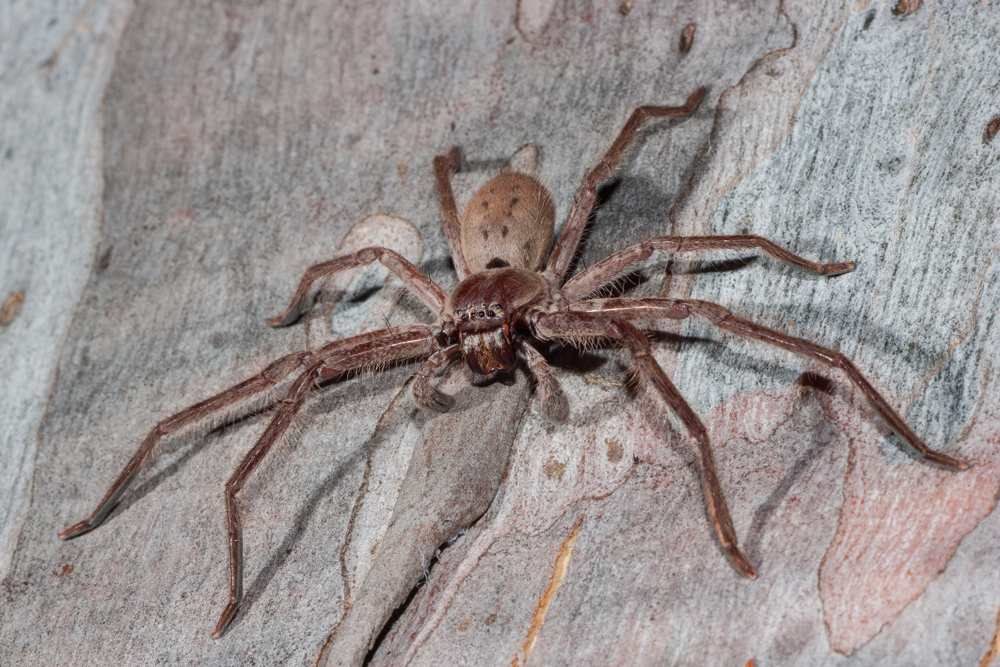
If you’re arachnophobic, you might be convinced that Australia is crawling with deadly spiders, but this is another myth that needs debunking. Australia is indeed home to some venomous spiders like the Sydney funnel-web and Redback, but most of the country’s spiders are harmless. Even the venomous species rarely result in fatalities thanks to effective antivenoms and medical treatments, as highlighted by the Australian Museum.
The perception that every Australian spider is out to get you is more fiction than fact. Most spiders prefer to avoid human contact and will only bite when they feel threatened. Moreover, modern medical facilities and prompt access to antivenoms make severe outcomes from spider bites a rarity. So while it’s always wise to exercise caution and respect when dealing with spiders, they’re not the menacing, lethal creatures they’re often made out to be. For most Australians, spiders are more of a nuisance than a deadly threat.
4. The Outback Is Riddled With Death-Defying Snakes
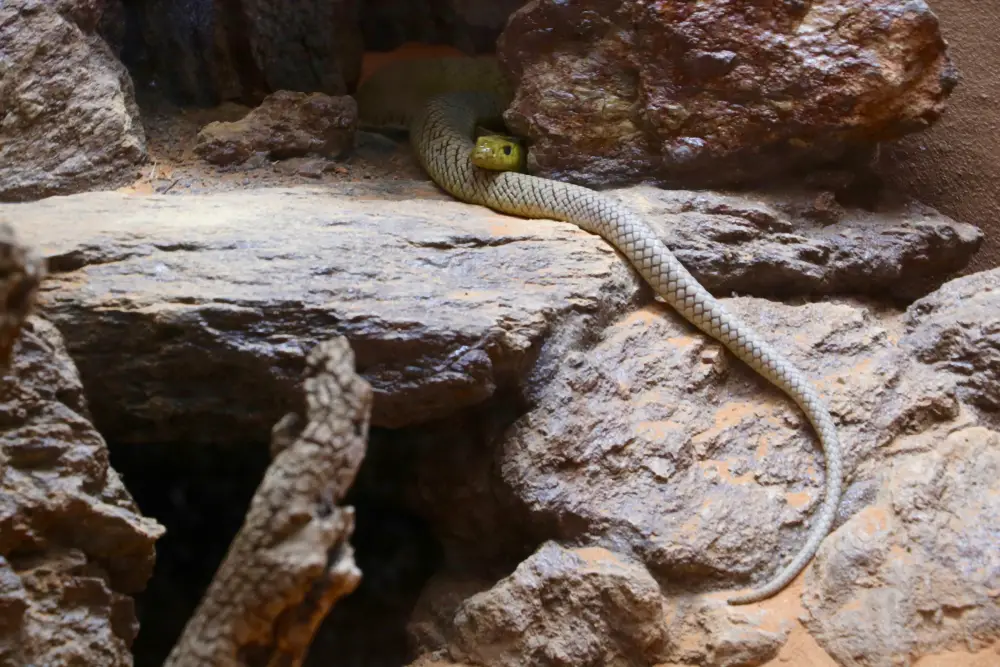
Australia is renowned for its snake population, but not every snake in the Outback is looking to strike. While it’s true that the country is home to some of the most venomous snakes in the world, including the inland taipan, these reptiles are not aggressively hunting humans. Snakes generally avoid contact with people, preferring solitude and peace in their natural habitat. They are an essential part of the ecosystem, controlling pest populations and maintaining balance in nature.
In reality, snake bites in Australia are uncommon, and fatalities are even rarer. Like spiders, effective antivenoms and medical care have drastically reduced the mortality rate from snake bites. Most encounters with snakes can be avoided by staying on clear paths and being vigilant, especially in areas known for snake activity. The risk posed by these reptiles is minimal by respecting their space and understanding their behavior. So while a snake sighting might be thrilling or unnerving, it’s not necessarily life-threatening.
5. Box Jellyfish Are Lurking In Every Swim Spot

The dreaded box jellyfish is often considered a constant threat to anyone swimming in Australian waters, but this is a misconception. These jellyfish are primarily found in the warm coastal waters of northern Australia, particularly during the warmer months from November to May. They do not inhabit every beach, and certainly not those in the southern states. Local governments often close beaches or post warnings when box jellyfish are present, minimizing the chance of a dangerous encounter.
In addition, many popular swimming areas use stinger nets and have vinegar stations to treat stings, making them safe for public use. While box jellyfish stings can be severe, proper precautions and first aid can effectively manage incidents. Moreover, locals and tourists alike are educated on how to recognize and respond to jellyfish warnings. So, the next time you consider a dip in Australian waters, remember that box jellyfish are unlikely to be lurking everywhere. With awareness and precautions, the risks associated with these creatures can be significantly reduced.
6. Dingoes Are Ferocious And Often Attack Humans
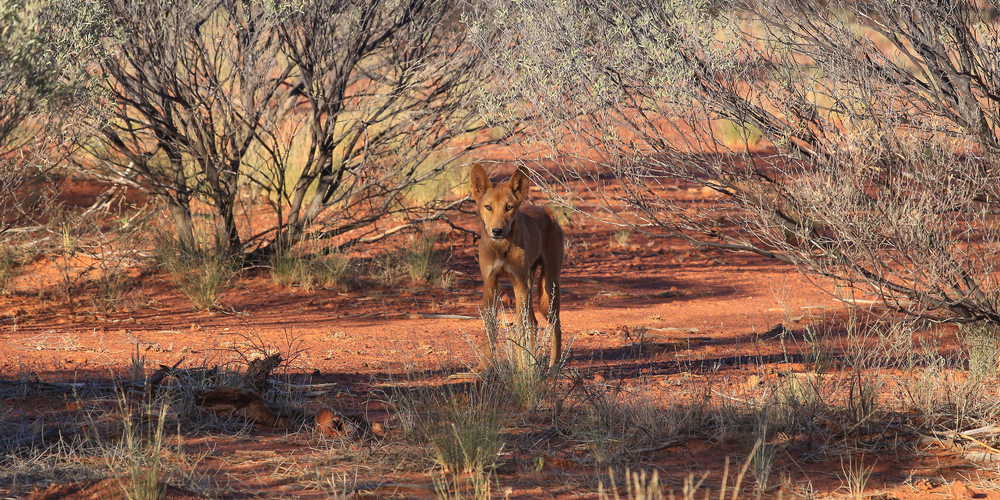
Dingoes, Australia’s wild dogs, are often portrayed as aggressive animals with a penchant for attacking humans, but this is another myth needing clarification. Dingoes are actually shy creatures that typically avoid human contact. Most interactions occur when people invade their territory or offer them food, which can lead to habituation and potential conflicts. In natural settings, dingoes play a crucial role in the ecosystem by controlling populations of other animals.
While there have been incidents involving dingoes, they are considerably rare. The majority of these cases happen in areas like Fraser Island, where human interaction is more common. National parks and wildlife organizations provide guidelines on how to safely coexist with dingoes, encouraging people not to feed them and to secure food sources when camping. Understanding dingo behavior and respecting their natural instincts is key to reducing risks. Thus, dingoes should not be feared as relentless predators, but rather respected as an integral part of Australia’s wildlife.
7. The Cassowary Is A Ruthless Killer Bird
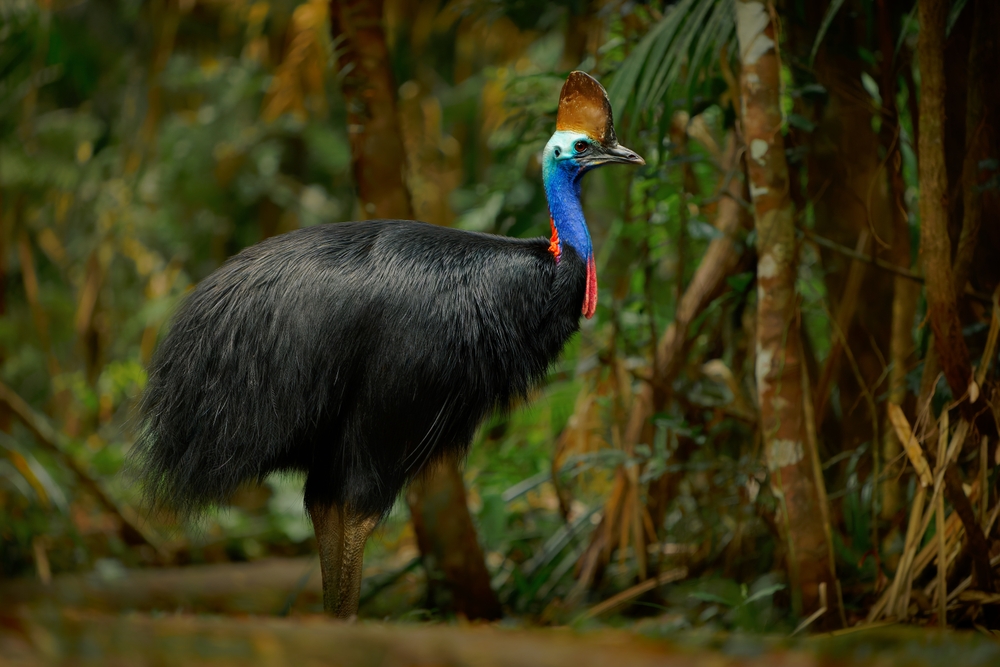
Australia’s cassowary, often dubbed the world’s most dangerous bird, is frequently misunderstood as a predatory beast ready to attack. While cassowaries can be dangerous if provoked, they are generally shy and elusive. These large, flightless birds prefer dense rainforest habitats, where they play a vital role in dispersing seeds and maintaining the health of their environment. Human encounters are rare and usually occur when these birds feel threatened or cornered.
In the few instances where cassowaries have acted aggressively, they were either defending their territory, their chicks, or were provoked by humans. Avoiding sudden movements and maintaining a safe distance can prevent most negative encounters with these birds. Conservation efforts focus on preserving their natural habitat and educating the public on how to act responsibly when in cassowary territory. So, while it’s wise to respect the cassowary’s space, the image of them as ferocious killers is more myth than reality.
8. Every Sea Creature Wants To Sting You
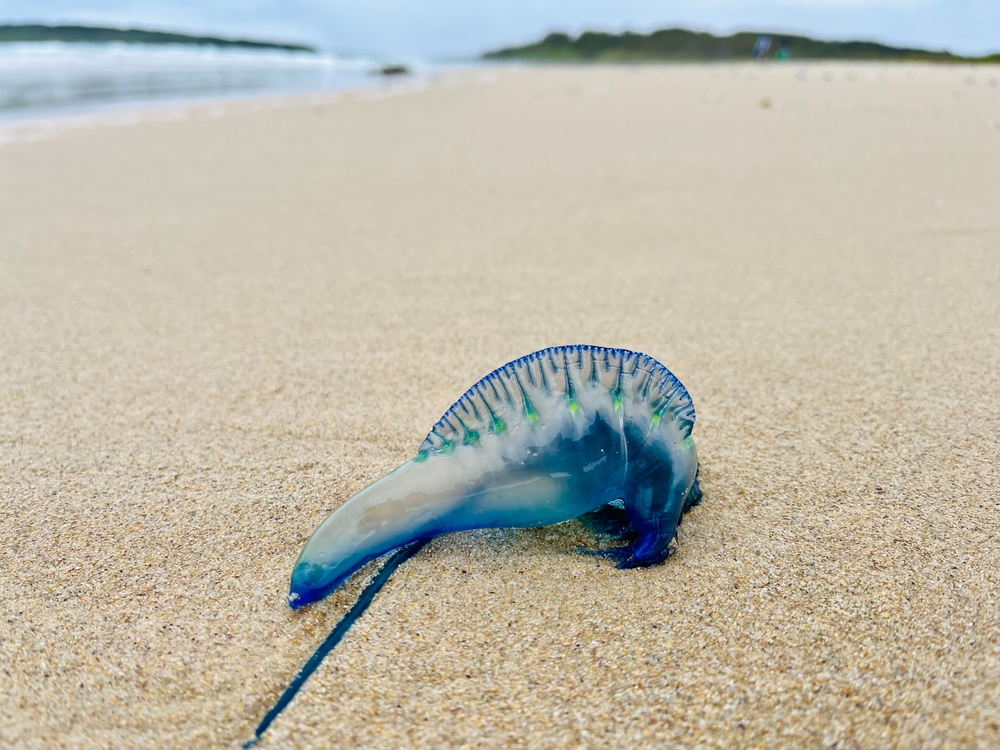
Australia’s marine life is often perceived as an array of hostile creatures eager to sting or bite. This misconception stems from a few dangerous species like the stonefish and blue-ringed octopus, but most sea creatures are harmless. Stonefish and blue-ringed octopus incidents are rare and usually occur when people inadvertently step on or handle them. Recognizing their habitats and being cautious when exploring tidal pools or rocky areas can significantly reduce the risk of encounters.
Additionally, many popular beaches and dive sites ensure safety through education and warning signs. Sea creatures often avoid humans and play essential roles in their ecosystems, contributing to the biodiversity that makes Australian waters unique. By respecting their environment and exercising caution, the chance of a negative encounter is minimal. So, while it’s true that Australia has some venomous marine life, the idea that every sea creature is out to harm you is far from accurate.
9. All Jellyfish in Australian Waters Are Dangerous
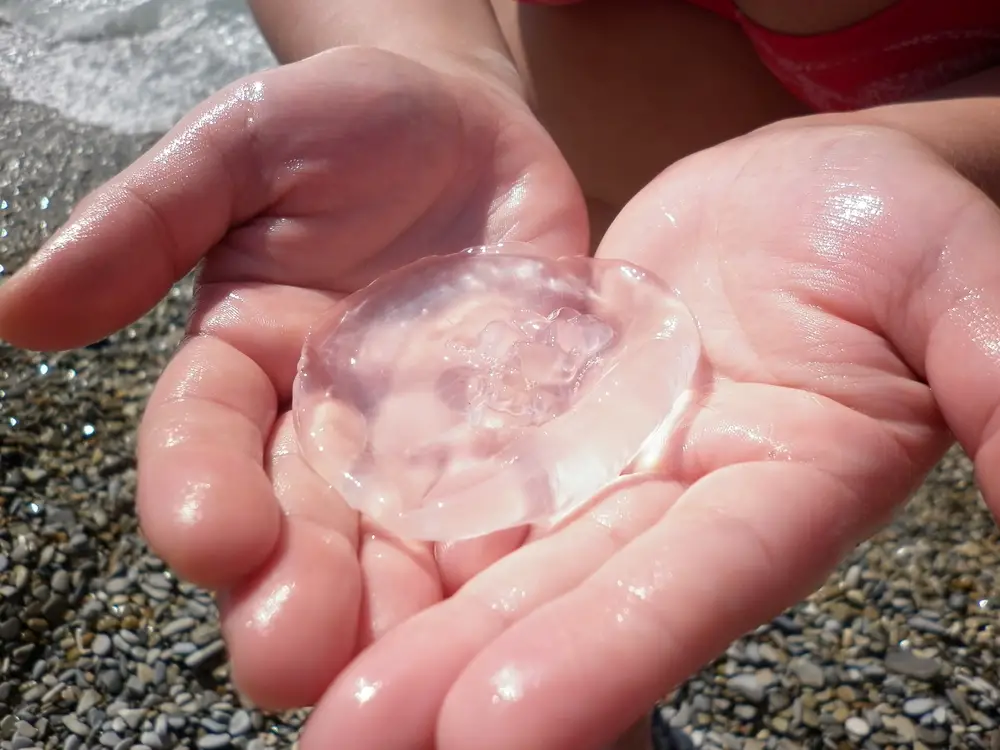
Jellyfish in Australia have garnered a fearsome reputation, leading many to believe all are highly dangerous. While it’s true that some species, like the box jellyfish and Irukandji, have potent venom, the majority of jellyfish are harmless. Non-venomous species are commonly found across Australia’s beaches, causing more of a nuisance than a threat. Proper education and awareness can help swimmers identify which jellyfish to avoid.
Coastal areas implement safety measures during jellyfish season, including stinger nets and regular monitoring. In the event of a sting, prompt first aid and access to medical care ensure most incidents are easily managed. Understanding the types of jellyfish and respecting warning signs can make swimming in Australian waters a safe experience. Thus, while it’s wise to be cautious, the belief that all jellyfish in Australia are dangerous is more myth than fact.
10. Drop Bears Are Real and A Genuine Threat
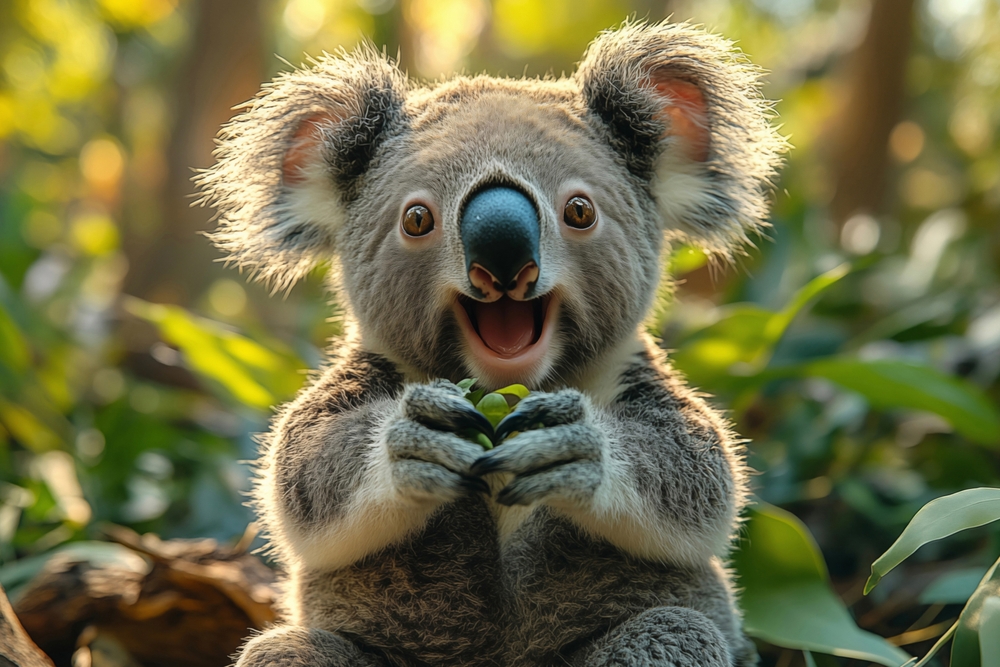
If you’re new to tales of Australian wildlife, you might have heard of the fearsome “drop bear.” This mythical creature is often described as a large, carnivorous koala that attacks unsuspecting tourists by dropping from trees. However, the drop bear is nothing more than a tongue-in-cheek myth shared by Aussies as a playful way to tease newcomers. It’s a classic example of Australian humor, designed to give visitors a good-natured scare.
The myth of the drop bear has become a part of Australian folklore, with stories varying greatly depending on the storyteller. Some say these creatures are deterred by applying Vegemite behind the ears or speaking in an Australian accent. While the idea of a drop bear might make for a funny tale, it holds no truth. So rest assured, the eucalyptus trees of Australia are only home to the cuddly, herbivorous koalas, not any predatory relatives.
11. Every Encounter With A Snake Leads To A Bite
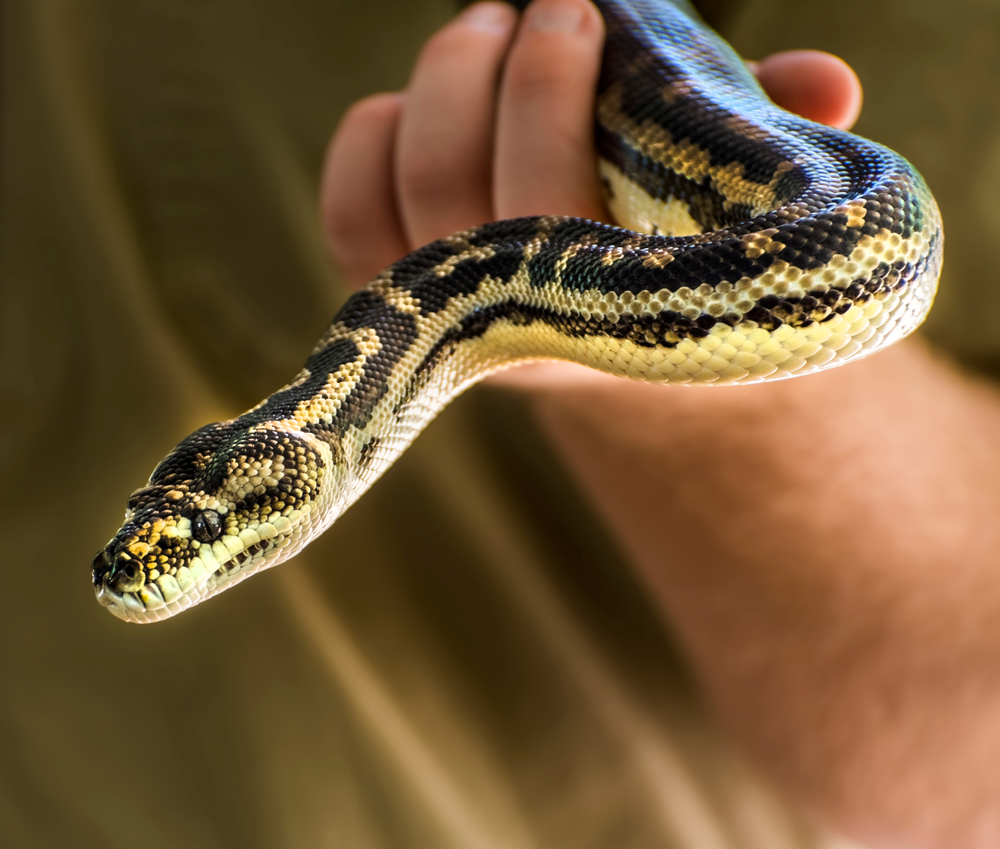
The idea that every time you see a snake in Australia, you’re in immediate danger of being bitten is a common misconception. Snakes are generally more interested in avoiding humans than engaging with them. Most snake bites occur when people accidentally step on or try to handle them, which can easily be avoided by being cautious in areas known for snake activity. When given the chance, snakes will usually flee rather than fight.
Australia’s diverse snake population is vital for controlling pests and maintaining ecological balance. Education and awareness programs emphasize the importance of respecting these creatures and understanding their behavior. By staying on marked trails and being observant, the risk of an encounter can be greatly minimized. Thus, while it’s important to exercise caution, the belief that snakes are aggressive and always ready to bite is largely unfounded.
12. Australian Wildlife is More Dangerous Than Anywhere Else

Australia’s reputation for having uniquely dangerous wildlife often leads to the belief that it’s the most perilous country when it comes to animal encounters. However, this perception overlooks that most of Australia’s wildlife is not aggressive or prone to attack humans. Many countries have their own dangerous animals, and incidents involving wildlife are not exclusive to Australia. The country’s stringent safety measures and public awareness campaigns further reduce the risks its wildlife poses.
While it’s true that Australia is home to some of the most venomous animals, technology and modern medicine have made significant strides in minimizing fatalities and injuries. Understanding and respecting wildlife habitats is key to ensuring safety, a principle that holds true globally. So while Australia’s wildlife may be exotic and occasionally dangerous, the perception of it as uniquely deadly is exaggerated. By appreciating and respecting the natural world, visitors and locals alike can safely enjoy Australia’s incredible biodiversity.
13. Every Australian Insect Is Out to Get You

Australia’s insect population is often considered uniformly dangerous, but this stereotype misses the mark. While it’s true that some insects, like certain ants and wasps, can deliver painful stings, the vast majority are harmless. Many insects play crucial roles in pollination and maintaining ecological balance, contributing positively to the environment. Understanding which insects pose a threat and taking simple precautions can mitigate most risks.
Insect repellents and protective clothing are effective measures for avoiding unwanted encounters. The perception that every Australian insect is out to cause harm is largely due to a few notorious species rather than the majority. Educating oneself about the local insect fauna can demystify fears and help people appreciate the diversity of life in Australia. So while it’s wise to be prepared, the idea that every Aussie insect is a menace is more myth than reality.
